When it comes to foot pain, finding the right pair of shoes can make all the difference. Whether it’s due to a long day at work, an active lifestyle, or pre-existing conditions like plantar fasciitis or arthritis, the right footwear can alleviate discomfort and improve your overall quality of life. In this comprehensive guide, we’ll explore the best shoes for feet that hurt, provide tips on what to look for, and highlight various brands and technologies that cater to foot health.
Understanding Foot Pain
Before diving into the best shoe choices, it’s essential to understand what causes foot pain.
Common Causes of Foot Pain
- Plantar Fasciitis: Inflammation of the plantar fascia, causing stabbing pain in the heel.
- Flat Feet: Lack of arch support can lead to pain and discomfort.
- High Arches: Can cause undue pressure on the ball of the foot.
- Diabetes: May lead to neuropathy, causing pain or numbness in the feet.
- Arthritis: Joint inflammation that can affect mobility and cause pain.
Key Features to Consider in Shoes for Foot Pain

To select the best shoes, look for features that cater to foot health:
Arch Support
Proper arch support distributes body weight and reduces pressure on the feet.
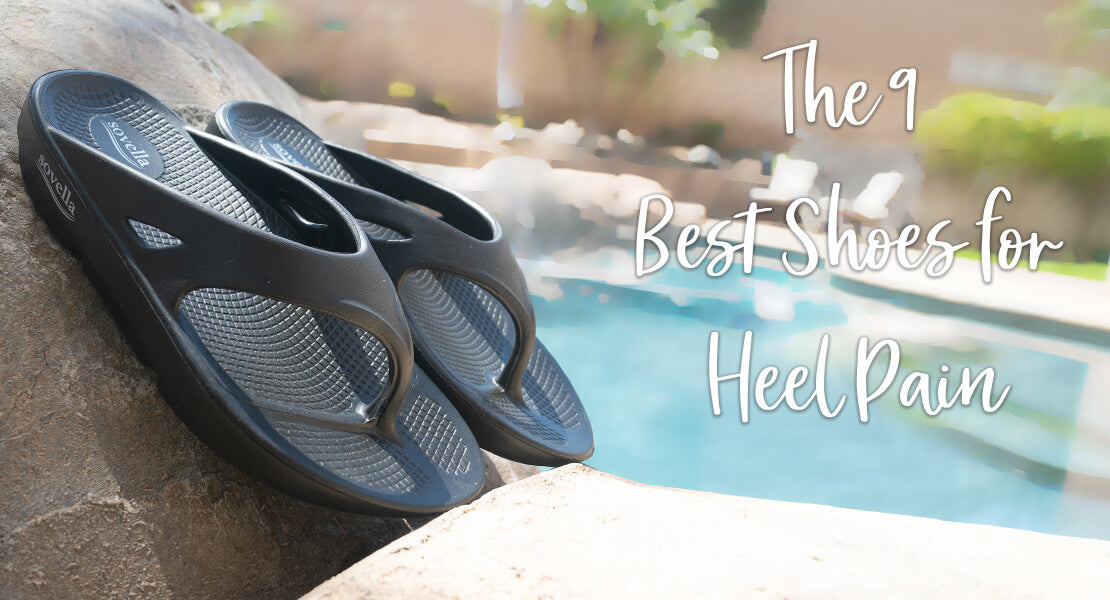
Cushioning
Ample cushioning in the midsole absorbs impact and provides comfort.
Fit and Size
Ensure shoes fit properly: neither too tight nor too loose. Consider brands that offer wide sizes.

Breathability
Materials that allow air circulation help keep feet dry and comfortable.
Durability
Look for quality materials that withstand wear and tear.
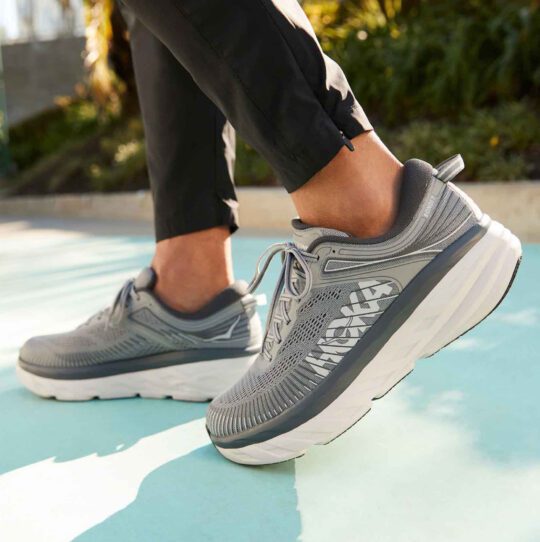
Top Brands for Comfortable Shoes for Foot Pain
1. ASICS
Known for its Gel technology, ASICS provides excellent cushioning and support, making it ideal for running and everyday wear.

Pros and Cons
- Pros: Great shock absorption, various styles available.
- Cons: Some models can feel heavy for casual wear.
2. New Balance
New Balance shoes often feature wide-fit options, making them a favorite among those with foot pain.
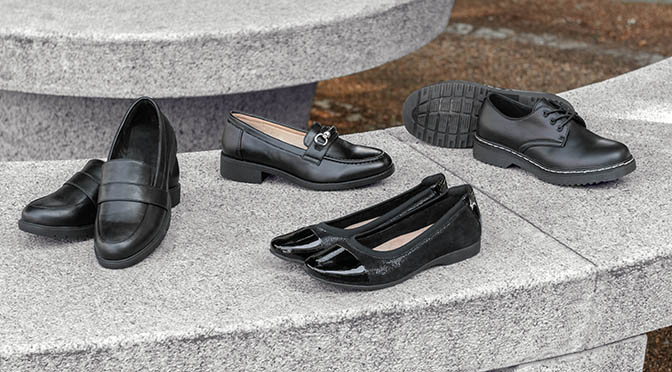
Pros and Cons
- Pros: Customizable fit, good arch support.
- Cons: Can be pricey compared to other brands.
3. Brooks
Designed for runners, Brooks shoes offer specialized cushioning and support for various foot types.
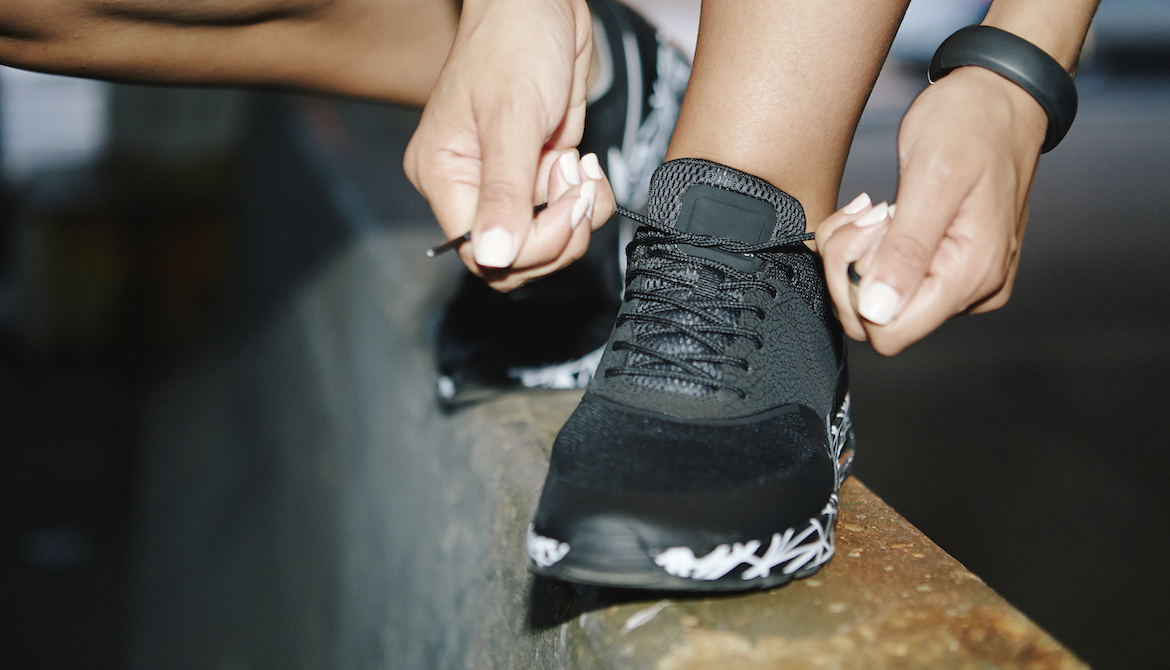
Pros and Cons
- Pros: Excellent for pronation issues, comfortable for long distances.
- Cons: Limited formal styles available.
4. Hoka One One
With their thick cushioning and rocker sole, Hoka shoes are perfect for those needing extra support.
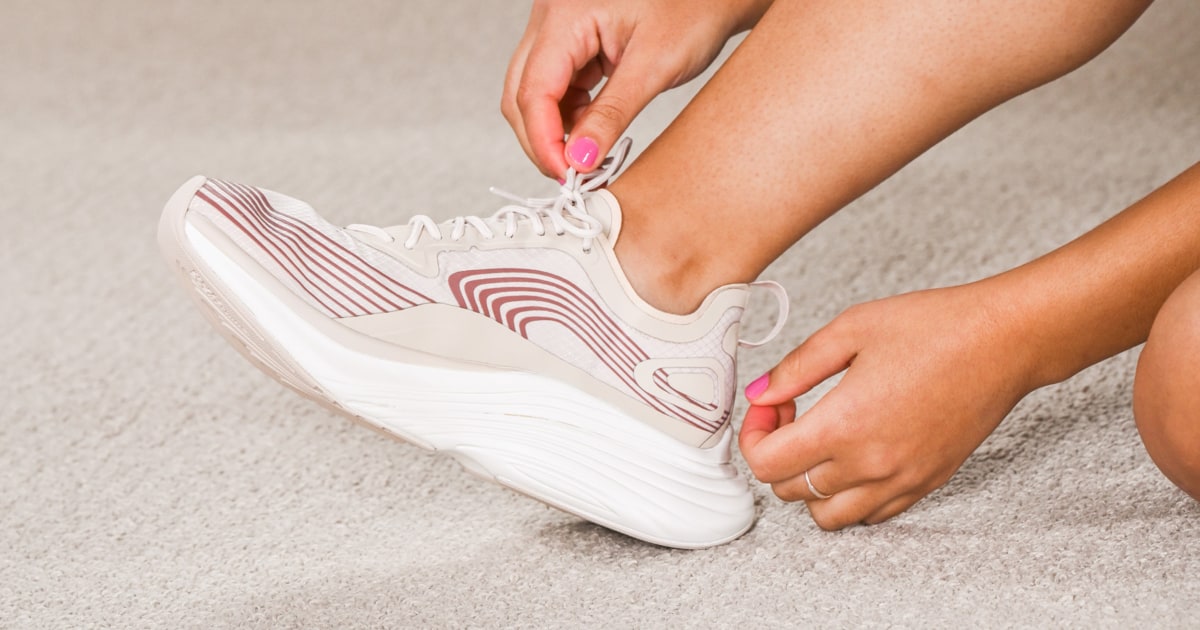
Pros and Cons
- Pros: Exceptional cushioning, good for joint pain.
- Cons: Bulky appearance may not appeal to everyone.
5. Skechers
Skechers offer memory foam insoles that mold to the shape of your foot, providing personalized comfort.
Pros and Cons
- Pros: Affordable, stylish options.
- Cons: May lack durability in some models.
Comparison Table of Top Shoes
| Brand | Arch Support | Cushioning | Price Range | Best For |
|---|---|---|---|---|
| ASICS | High | Med-High | $100 – $160 | Running |
| New Balance | High | Med-High | $85 – $150 | Casual/Walking |
| Brooks | Very High | High | $120 – $160 | Running |
| Hoka One One | High | Very High | $130 – $250 | Walking/Recovery |
| Skechers | Med | Med-High | $50 – $120 | Casual |
Tips for Choosing the Right Shoes
1. Get Fitted Properly
Visit a shoe store that specializes in foot health. Having a professional fitting can help you find the right size and style.
2. Look for Removable Insoles
If you require custom orthotics, choose shoes with removable insoles for better comfort.
3. Shop at the End of the Day
Our feet swell throughout the day. Shopping in the evening can help ensure a better fit.
4. Test Them Out
Walk around the store, and if possible, use them on various surfaces to check for comfort.
Real User Experiences: Comfort in Action
Many users have shared their experiences with various shoes designed for foot pain. Here are some testimonials:
ASICS Gel-Kayano
“After struggling with plantar fasciitis, the ASICS Gel-Kayano helped me regain my ability to walk without pain,” says Sarah, a physical therapist from California.
New Balance Fresh Foam
“The cushioning in my New Balance shoes feels like walking on clouds. They are perfect for my everyday wear,” mentions John, an avid hiker from Colorado.
Technologies That Enhance Comfort
Ortholite Insoles
Many brands feature Ortholite insoles that provide moisture management and cushioning.
Gore-Tex Material
This waterproof material keeps feet dry, ideal for outdoor activities.
FAQs
What are the best shoes for plantar fasciitis?
Some of the best shoes for plantar fasciitis include ASICS Gel series, New Balance 990, and Brooks Adrenaline.
How often should I replace my shoes if I have foot pain?
It’s generally recommended to replace shoes every 300 to 500 miles or every 6 to 12 months, depending on usage.
Can insoles help with foot pain?
Yes, custom and over-the-counter insoles can provide additional arch support and cushioning, helping to alleviate foot pain.
Conclusion: Step Towards Comfort
Investing in the right pair of shoes is crucial for relieving foot pain and enhancing your daily experience. With numerous brands and technologies available, there’s a solution for everyone. Remember to consider your specific foot health needs and consult experts when necessary. Take your time, try on multiple options, and you’re sure to find the best shoes for your aching feet.
References
For further reading and research, the following sources provide valuable insights into foot health and shoe technologies: